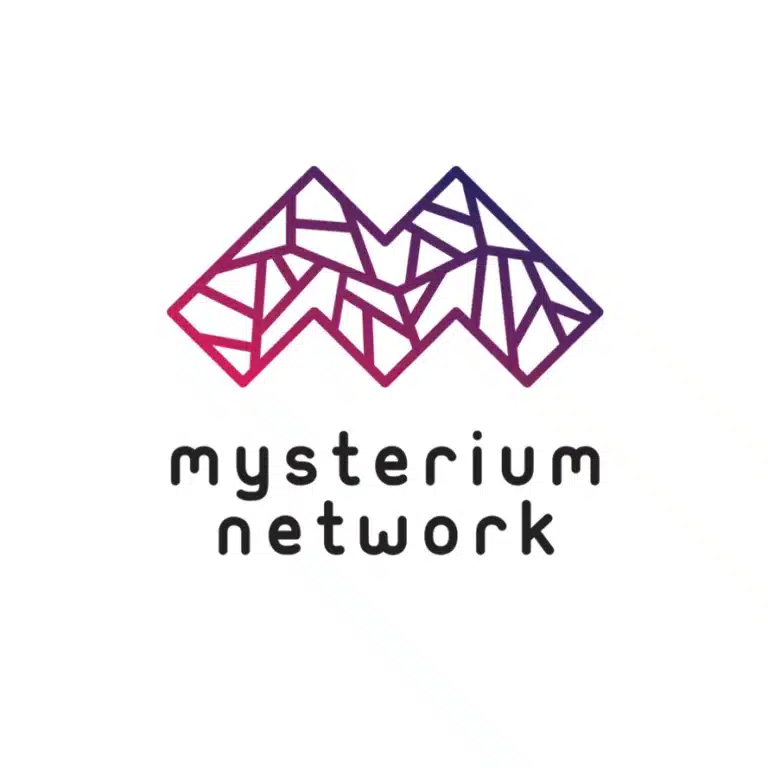At Media & Technology Group, LLC, we understand the buzz around artificial intelligence. AI is everywhere these days, taking part in everything from recommending your next favorite song to managing complex business operations. But how do we know what’s happening inside these AI models? That’s where AI transparency best practices come into play.
Why Transparency Matters
Transparency in AI is crucial so everyone can understand how decisions are being made. Imagine a world where computers make decisions without anyone understanding the “why.” Scary, right? Transparency helps build trust, making AI systems less like black boxes and more like partners. It ensures accountability and gives users the confidence they need when technology is involved in essential decisions.
Top AI Transparency Best Practices
1. Clear Communication
The first step is to clearly communicate how the AI system works. This means using simple language that everyone, even your grandma, could understand. Describe the purpose, goals, and limitations of your AI system. Offering user-friendly guides or FAQs can help make AI less daunting.
- Provide easy-to-read documentation
- Include visuals and examples
- Make sure information is accessible to all
2. Explainability
AI systems should be explainable. This means you should be able to see, in a clear way, the steps it took to reach a decision. For instance, if an AI tool recommends a marketing strategy, it should be able to tell you why that strategy stood out over others. Explainability isn’t just for experts; it’s for anyone using AI-based tools. Here’s a tip: always ask “why” and seek an understandable answer.
3. Regular Audits
Just like companies get financial audits, AI systems need regular check-ups too. Routine reviews can spot biases or errors that might occur over time. These audits should be thorough and ideally should involve third parties for unbiased assessments. Stay tuned, engage in continuous learning, and be open to making necessary changes. Kudos to those companies who are open to changing things up when they find something’s off!
4. User Feedback
Listening to users is a golden rule. Gather feedback from people who are using these systems. Encourage them to share their experiences and frustrations. That input is invaluable! User feedback can shine a light on unexpected issues and help improve the AI’s overall performance.
- Create easy channels for feedback
- Actively listen and respond
- Regularly update the system based on feedback
5. Collaboration with Experts
Collaborating with AI experts and ethicists can provide insights you might otherwise overlook. Bringing different viewpoints into the fold ensures the most ethical and understandable AI solutions. Media & Technology Group, LLC’s consulting team, for instance, brings a wealth of expertise in AI implementation and ethics to the table. We love brainstorming ideas and seeing what brilliant minds think!
Making AI Work for Everyone
By following these AI transparency best practices, we can help make sure AI doesn’t just work, but works well for everyone. Many people can feel left out or overwhelmed when it comes to techy stuff. That’s why it’s essential to strive for transparency, making AI not only smart but also fair and understandable.
At Media & Technology Group, LLC, we are all about creating tech that’s both cutting-edge and user-friendly. Our commitment to transparency in AI aligns perfectly with our mission to provide top-notch marketing and IT services. So next time you interact with AI, remember there’s more going on than meets the eye—and efforts like these make sure you’re in the loop.
Want to learn more about our services? From website design to business process automation, we’ve got you covered. Feel free to reach out and see how we can assist in making technology work for you!







